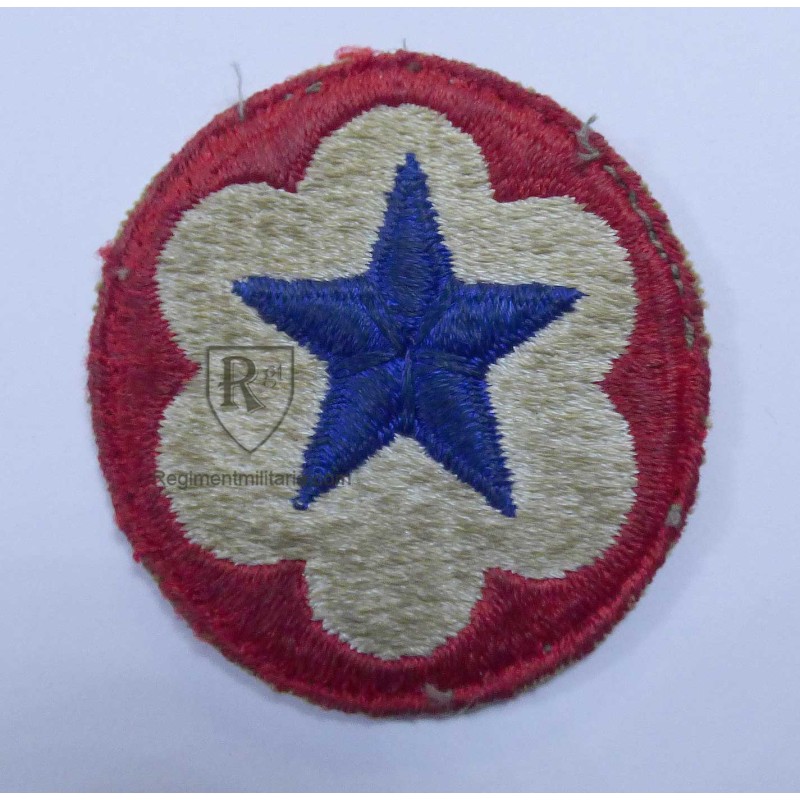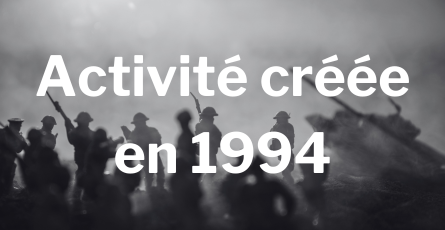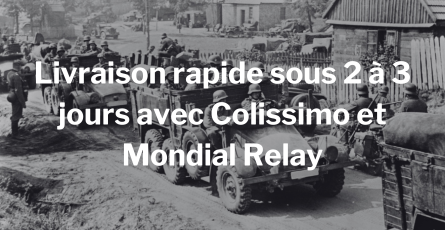

Banner

Banner




White back Army Service Forces worn patch.
 Garanties sécurité
Garanties sécurité
(à modifier dans le module "Réassurance")
 Politique de livraison
Politique de livraison
(à modifier dans le module "Réassurance")
 Politique retours
Politique retours
(à modifier dans le module "Réassurance")
Army Service Forces Patch. Worn condition, original, WW2. In March 1942, there was a sweeping reorganization of the Army. This was the result of dissatisfaction with the existing structure, with the United States Army Air Forces in particular seeking greater autonomy. However, the main driver was the Chief of Staff, General George Marshall, who felt overwhelmed by the large number of officers and agencies—at least 61—with direct access to him. The Chief of Staff wanted no more than three commands reporting to him, so everything which did not fit into the Army Ground Forces or Army Air Forces became part of the Services of Supply, which were renamed the Army Service Forces on 12 March 1943, as it was felt that the term "supply" did not accurately describe their broad range of activities. Organization of the Army Service Forces 15 August 1944. Army Service Forces, throughout the war under the command of General Brehon B. Somervell, brought together elements of five different components of the Army: elements of the War Department General Staff, especially its G-4 component; the Office of the Under Secretary of War; the eight administrative bureaux; the nine corps areas, which became the service commands; and the six supply arms and services, which became known as the technical services. Six Technical Services found themselves part of Army Service Forces when they were grouped in 1942: the Corps of Engineers, Signal Corps, Ordnance Department, Quartermaster Corps, Chemical Corps and Medical Corps. A seventh technical service, the Transportation Corps, was established as the Transportation Division on 28 February 1942 under Executive Order 9082. It was renamed the Transportation Service in April 1942 and became a corps in its own right on 31 July 1942. The Transportation Corps took over control of the ports of embarkation, regulating points and railways. Unlike the chiefs of the combat arms, who had their offices abolished and their authority transferred to the Chief of Army Ground Forces, neither the duties nor the structure of the technical services were altered by their becoming part of the Army Service Forces, but their status changed, and the chiefs no longer had direct access to the Chief of Staff or the Secretary of War. Each of the Technical Services ran its own procurement and field depots.
Reference: IND286
Reference: ALG180
Reference: A2E1314

White back Army Service Forces worn patch.
check_circle
check_circle